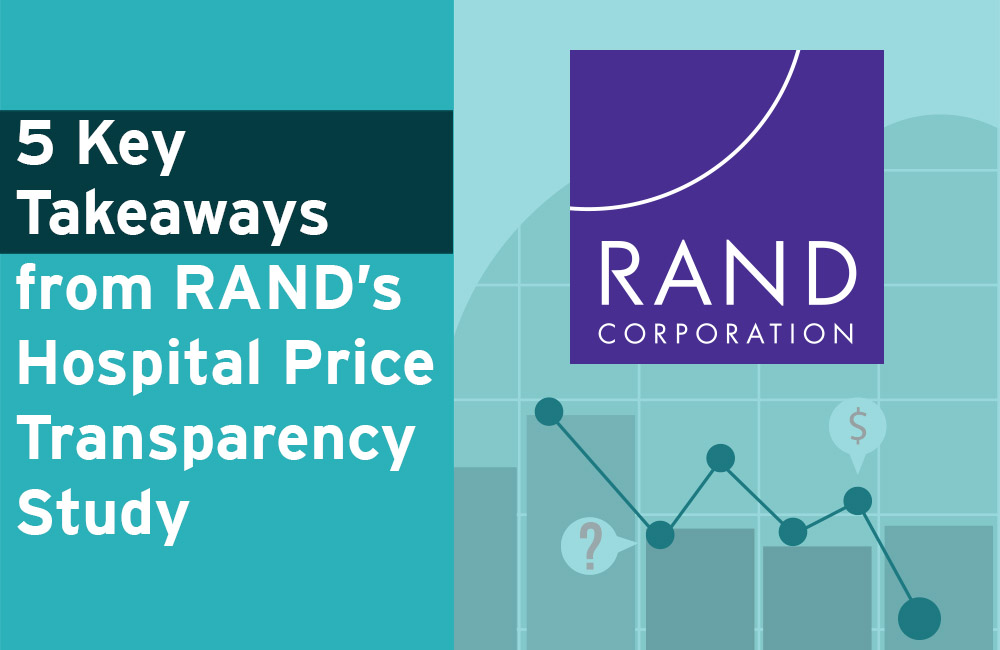
Are Policy-Makers Moving from Fee-for-Service to Paying for Value?
The Alliance actively pursues value-based payment strategies as one of the four core drivers on the roadmap to high-value health care. The Alliance also supports a robust platform of health policy priorities, in part because federal and state governments are significant purchasers of health care services and play an essential role in driving value-based payment. Some recent findings highlight the degree to which government purchasers have influenced advancing value-based payment.
Paying for Value – What Does It Mean?
In its simplest terms, paying for value means shifting health care reimbursements from fee-for-service payments that have no direct link to quality or cost-effectiveness, to payments that are tied to the health outcomes of patients. While the transition from fee-for-service to value-based payment has been slow, momentum is picking up.
Medicare Leads The Way
The national Medicare program leads the pack in driving value-based payments, with 75% of payments tied to outcomes in some way. State Medicaid programs lag far behind, with just 34% of payments having some link to value. Commercial payers are somewhere in the middle, and can link roughly 44% of payments to quality or value. Overall, the Health Care Payment Learning & Action Network has reported that approximately 40% of health care services are still purchased under contracts that have no link between payments to providers, and the quality and cost effectiveness of the care received by patients.
Medicare’s leadership in payment innovation was spurred by the creation of the Center for Medicare & Medicaid Innovation, simply known as the Innovation Center. Created under the Affordable Care Act, the center was originally designed to harness the purchasing power of the Medicare and Medicaid programs to drive delivery system reform and payment innovation across the country. In its early years, it funded a wide array of pilot projects to redesign payment and delivery systems, often involving commercial and government payers.
Today, the center is a hub of information and resources on payment and delivery reforms grouped into seven categories. Two of those – bundled payments and paying for advanced primary care – are highlighted below.
Bundled Payments
Charging a flat fee for a set of health care services – or “bundled payments” – is one of the strategies The Alliance uses to control rising health care costs.
The Centers for Medicare & Medicaid (CMS) first began testing the use of bundled payments to cover specific episodes of care over 10 years ago under the Acute Care Episode Demonstration. Under this approach to value-based reimbursement, flat payments were offered for 28 different cardiac and orthopedic procedures. The Bundled Payments for Care Improvement initiative followed in 2013, and then the Comprehensive Care for Joint Replacement bundled payment program in 2016.
In a recent Health Affairs report, physicians and researchers reviewed the findings of more than 20 studies evaluating these various CMS bundled payment programs. They also provided conclusions and recommendations for future action by policymakers.
Learnings From CMS Bundled Payment Programs
Overall, the CMS bundled payment programs covering hip and knee replacements were most frequently associated with cost savings. These savings derived from patients spending less time in institutional post-acute care settings, which speaks to the importance of building an appropriate period of post-acute care within the bundled payment design. The studies also demonstrated comparable or improved rates of hospital readmission, and patients whose care was covered by a bundled payment did not experience increased rates of complications, emergency department visits, or mortality.
On the other hand, the authors could not find clear evidence of similar cost savings across bundled or episode-of-care payments for procedures other than joint replacement surgeries. They speculated that patients seeking knee or hip replacements may be younger, and therefore represent less medical complexities than patients seeking other types of orthopedic or cardiac care.
Value-Based Payment for Primary Care
The CMS Innovation Center is currently implementing a new payment reform pilot program focused on primary care: Primary Care First. The program’s overall goals are to reduce Medicare spending by preventing avoidable hospital admissions and to improve health care access and quality, particularly for Medicare beneficiaries with complex chronic conditions and other serious illnesses.
Under Primary Care First, Medicare will provide enhanced payments to primary care practices to support:
- 24/7 access to a care provider who has real-time access to the patient’s electronic medical record;
- Integrated behavioral health care in primary care settings;
- Risk-stratified care management to ensure patients receive the care they need;
- Screening and support for patients’ non-medical, social needs.
Unfortunately, Wisconsin and Illinois aren’t part of the initial cohort of states that will participate in this program. That said, the Innovation Center’s goals and strategies for its new Primary Care First program align with The Alliance’s vision for advanced primary care. This new program offers a tremendous opportunity for learning as it rolls out in more than 26 states across the country.
What’s Next For Value-Based Payment?
Achieving the goal of health care payment tied to the value of services provided, not merely the quantity of those services, will require public and private sector purchasers to commit to payment reform as a strategy. The Alliance and its members can help by continuing to advocate for public policies and public sector health care purchasing strategies that incorporate value-based payment as a piece of the health care transformation puzzle.








